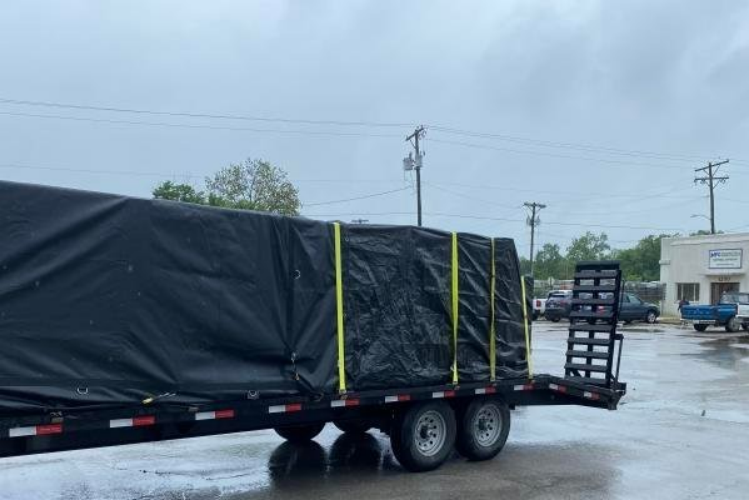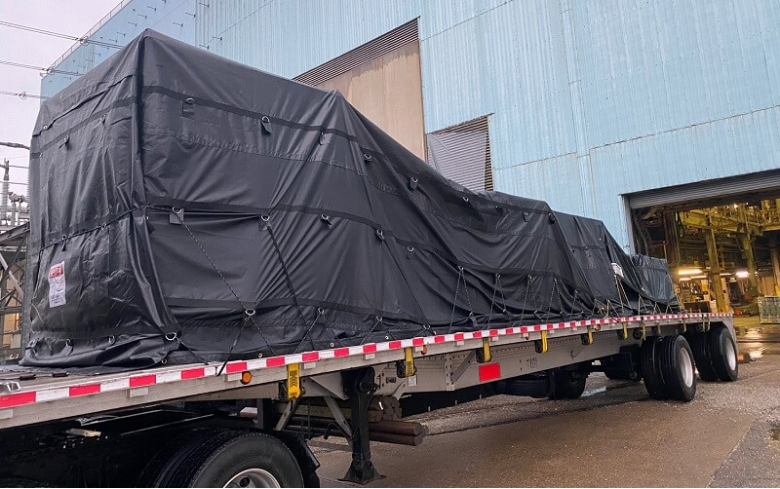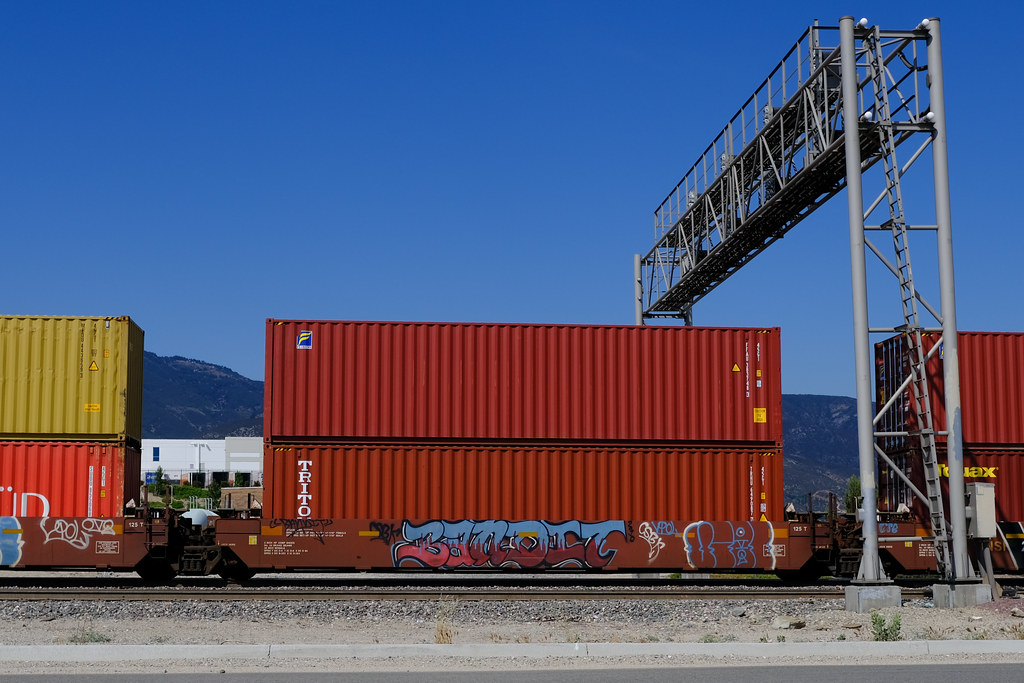If you’re in need of a tarp that can provide optimal protection over your materials, then flatbed lumber tarps are just what you’re looking for. They’re considered the most versatile tarp on the job market. Whether you haul tree logs all day or construction materials, these tarps will keep your cargo safe. Truckers love these tarps the best because they can be used to cover a variety of loads. Check out how tarping a load of lumber and other materials can be done faster with the use of lumber tarp.
Why & How To Use Lumber Tarps
The worst mistake a trucker can make is forgetting to tarp their materials. Why do they matter? It’s simple, lumber tarps are great at keeping your cargo safe from unfavorable weather and road conditions. Not to mention, their versatility affords them the ability to cover almost any and every type of cargo, not just timber.
There are a couple of tips to keep in mind for how to use lumber tarps though. The most important step is to make sure the tarp is secured. If your tarp comes with flaps on the front, sides and back, fold all corners on top of your load. Your tarp must cover the entirety of your load.
Next, secure the edges of your tarps. Their built-in grommets are typically attached to your trailer’s anchoring points to help secure the tarp. Additionally, use straps to tighten tarps. Adding tensioning will prevent your tarp from billowing in the wind during transit. If you’re hauling lumber, the grommets will help keep your tarp strapped to your flatbed. Using other cargo-hauling equipment like Corner Protectors can both protect your tarps and load as well. Throughout the duration of your transport, check your tarp periodically to make sure it hasn’t shifted.
What to Consider When Choosing Lumber Tarps

Choosing a lumber tarp for cargo hauling may seem like a no-brainer, right? You’re only looking at the glass half full if you only consider how they can best be used on the job. You’ll need the full picture. Here are a few aspects to consider when working with lumber tarps:
● Material: For instance, lumber tarps are made of some pretty heavy-duty materials. While tarps can be made of mesh, polyethylene and canvas, lumber tarps are primarily made of a strong vinyl material. Their construction protects them against inclement weather conditions, harsh UV rays and even debris from the road. Lumber tarps are also lightweight and can be easily deployed and removed with very little effort.
● Size: Furthermore, lumber tarps come in a variety of different sizes that make them capable of handling any job. A lumber tarp's size ranges from 6ft to 8ft. These sizes are great for hauling stacks of lumber and light materials. Lumber Tarps have been known to come in sizes 4ft and even 3 piece lumber tarps as well.
● Weight: A lumber tarp’s weight can vary as well. Depending on whether it uses a lightweight 6oz or heavy-duty 14oz fabric, the tarp can weigh less or more. Specifically, lightweight tarps vary between 65 lbs to 75 lbs while heavy-duty ones range from 90 lbs to 215 lbs.
● Water Resistant: Moreover, these sturdy tarps can withstand just about anything. However, that doesn’t mean they're invincible. While technically not waterproof, they are resistant to water on some level. Their vinyl-coated polyester construction protects them from certain levels of moisture. However, don’t go crazy and leave these tarps out in the rain.
● Color: Another aspect to consider is that lumber tarps come in a variety of colors, such as Red, blue, and black. However, you should definitely use a different color tarp if you’re hauling various types of cargo simultaneously. Perhaps you only use blue tarps for machinery and red for your timber stacks.
● D-Rings or Grommets: You should also take into account that lumber tarps have built-in grommets or three rows of D-rings. They provide the best tie-down method for your cargo. The grommets are clenched at every other foot to provide a secure tie-down method. Their grommets help provide coverage over other types of cargo besides tree logs.
The Benefits of Using Lumber Tarps

Clearly, the sky’s the limit with lumber tarps. They come packed with tons of great features. There’s even a long list of benefits of using lumber tarps. Let’s take a look:
● It protects lumber from moisture and fungus growth
● High-quality lumber tarps last longer
● Prevents any damage from road conditions like insects and debris
● The tarp is big enough to cover your entire load
How to Store a Lumber Tarp
Though, these tarps can only work if they’re properly taken care of and stored away in a safe place. For instance, they must be stored away in cool, dry areas. Properly storing them away can also prevent mishaps from happening, such as rips. Storing away your tarp until you have time to mend it can prevent any further damage.
Why You Should Fold Your Lumber Tarps
Moreover, your lumber tarps should be folded up when stored away. Avoid hanging them on any walls or leaving them scattered on the ground. They can especially collect dust and dirt more easily if left discarded on the floor. It’s best to fold and store them away in a storage container.
Lumber Tarps Make Life at Work Easier
Lumber Tarps make tarping feel like a walk in the park. They’re heavy-duty but lightweight construction makes them perfect for protecting your cargo during transit. Even better, these tarps make it possible to cover loads besides just timber. At the end of the day, lumber tarps make your cargo securement all the more flexible. More importantly, they make your work life easier.





